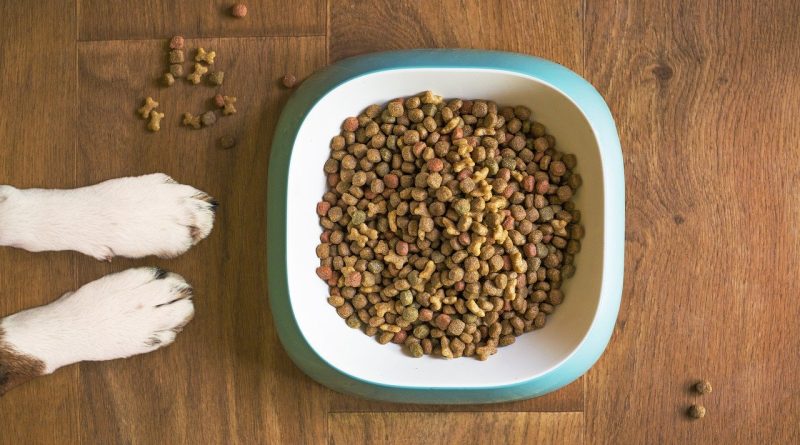Are you sodium savvy?
Smart ways to reduce dietary sodium for pets with heart disease
Heart disease is one of the most common diseases in dogs and cats, affecting 10-15% of all dogs and cats (with much higher rates in certain breeds). Nutrition is a key part of these pets’ overall care and, while there are many nutritional adjustments that may be recommended for the individual pet, reducing dietary sodium plays a central role in the nutritional plan for most dogs and cats with heart disease.
Pet foods vary widely in their sodium content, so be sure to talk to your veterinarian about specific recommendations if your pet has heart disease (the Tufts HeartSmart website maintains lists of low sodium diets for dogs and cats that are updated annually). While a pet’s main diet is usually the primary source of sodium, sodium comes from everything a pet eats – that includes the pet food, treats, table food, rawhides, bully sticks, dental chews, dietary supplements, and even toothpaste! Many owners don’t think about all of these sources of sodium and so their pet can end up eating too much sodium, even if they’re feeding a low sodium diet. In some cases, these treats contribute even more sodium than the pet food!
Since most owners don’t think about sodium in the diet, treats, and other foods they feed their pets, I’ve designed a quiz to see if you’re sodium savvy.

